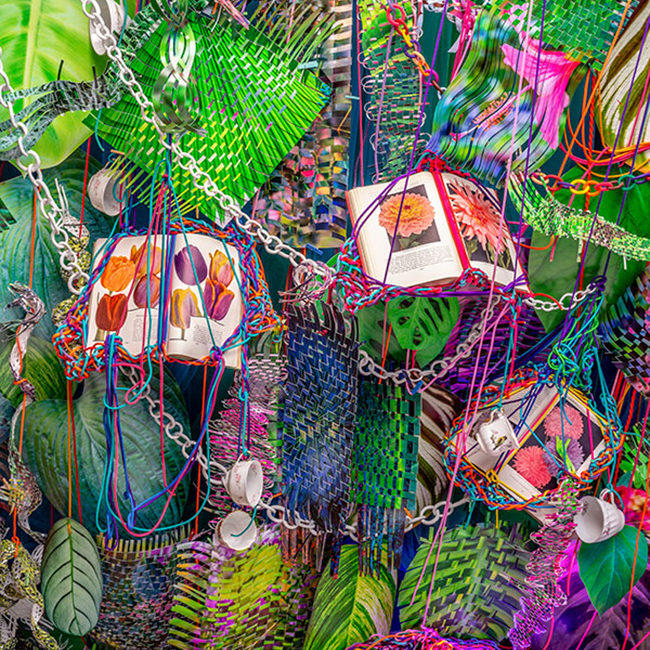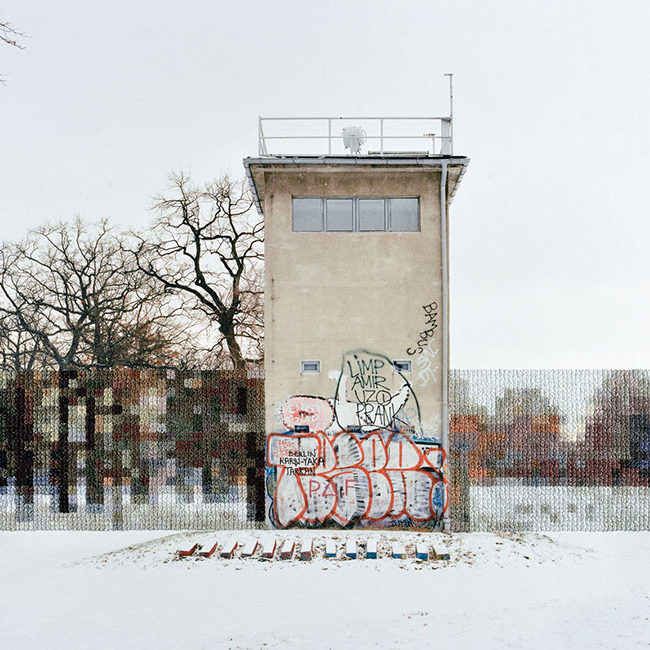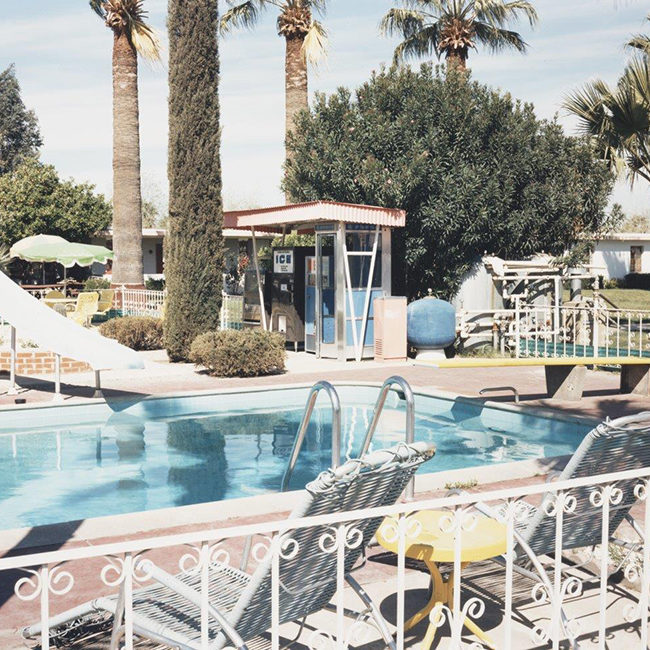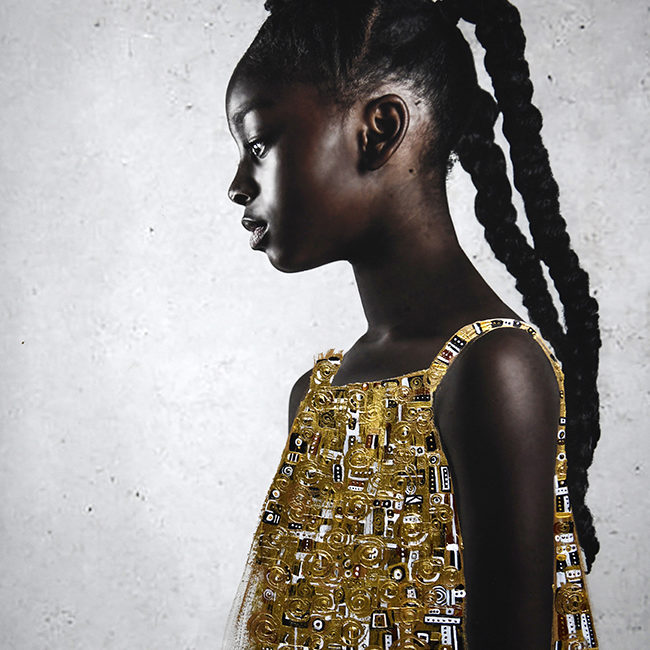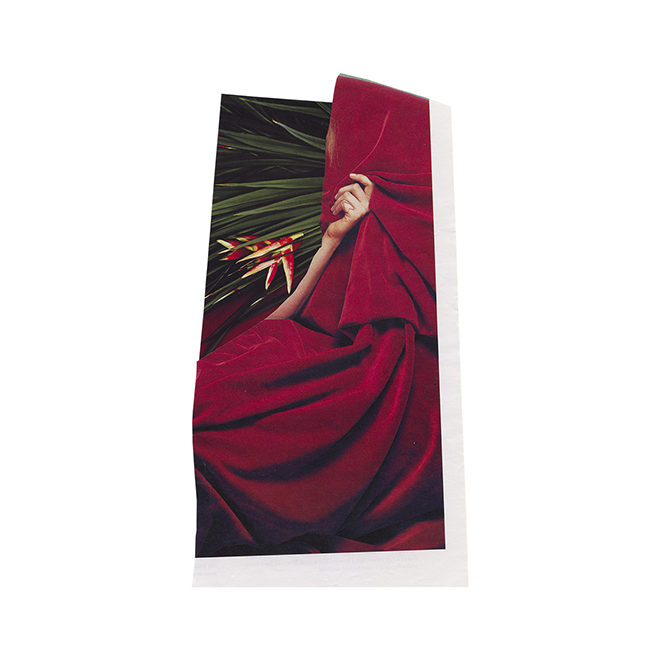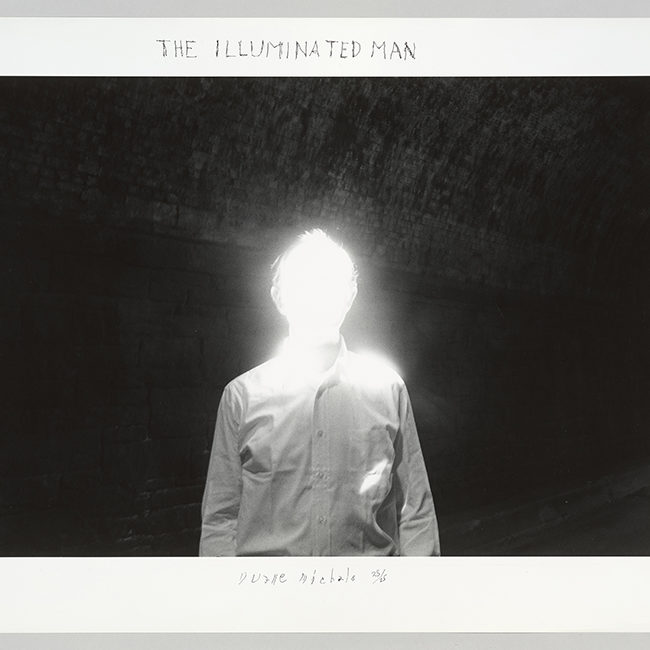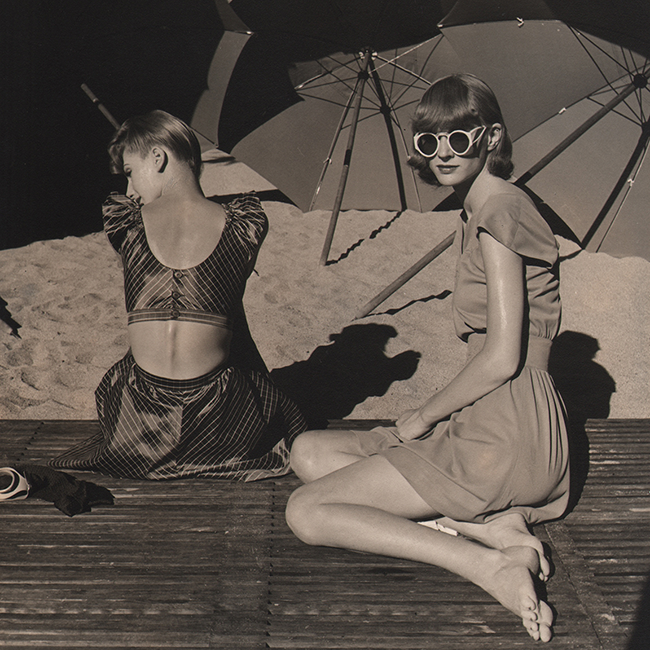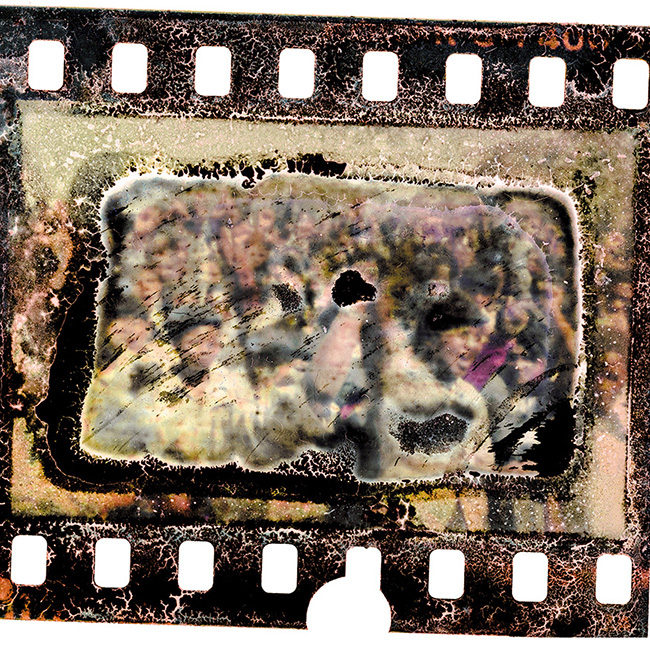Morgan Ashcom’s new book What the Living Carry, published recently by MACK, is a bit of a puzzle. The book includes photographs showing what looks to be a rural Southern town and its outskirts. There are run-down houses, a Family Dollar store, an unfinished bridge and views of nature. The town’s residents hang around downtown, cleaning a fence or drinking champaign from a paper cup, or they lounge or work in the brambles and woods, carving statues or clipping vines. Tucked between the pages of the book are four letters, addressed to “Morgan” and written by someone named “Eugene,” on stationery from a place called the Center for Epigenetics and Wellness of the Spirit, with a return address in Hoys Fork, Rivanna County. In the letters, Eugene responds to Morgan’s request for an analysis of his DNA (it turns out it got mixed up with the dog’s), references their visits and Morgan’s prints and tells Morgan funny but perhaps unreliable stories about his troubles in Hoys Fork. One letter comes with a map Eugene drew of the town and its surroundings.
Using the map, it’s easy to guess at the locations shown in the photos and described in the stories Eugene tells. The map includes Lawsons Castle, which might be the stone tower that appears in a photo of a pickup truck parked in the weeds and stuffed with junk. It also locates Rivanna University, whose students’ “usual round-town shabbiness” Eugene describes in a letter. Some places are more ominous. An arrow on the map traces the direction of “Mattress March,” perhaps the event we see in a photo of a mattress being carried through the landscape—in another image, we see its bloody surface up close.
The images have the feeling of carefully observed fine-art documentary photography, but an online search turns up no trace of the place, (although Hoys Fork is the name of a river and a school in Kentucky, and Rivanna is a community in Virginia.) Instead, the book uses the photos and text to weave together a shadowy fictional narrative about a place and the people who live there. Ashcom, who grew up in the South, places himself in the story, perhaps searching for answers from epigenetics, the study of how environment can affect gene expression in an organism and its offspring. But instead of presenting a clearer picture, the photographs and letters only deepen the mystery. While the first part of the book mostly shows the town, the heart of the book depicts a tangled forest of bare vines and thick trees, a landscape that Eugene sees in a dream he recounts about following a group of boys into the woods. “Inside was like a maze and there was no way to leave,” he writes. There, he finds “a bunch of beautiful people with all the potential in the world doing various things in disarray and such. But no one had a direction.” His description could apply to some of the photos, which show men and women performing obscure or disreputable tasks. What we carry, Ashcom seems to suggest, is the weight of the history of a place, its power spread over the generations who live there. As Eugene writes in a description of DNA expression, “Intergenerational transmissions echo in this landscape and an identity is created.”
Related Stories:
Buzzing at the Sill
Seeing the South Through Music
McNair Evans: Confessions fora Son (for PDN subscribers; login required)
